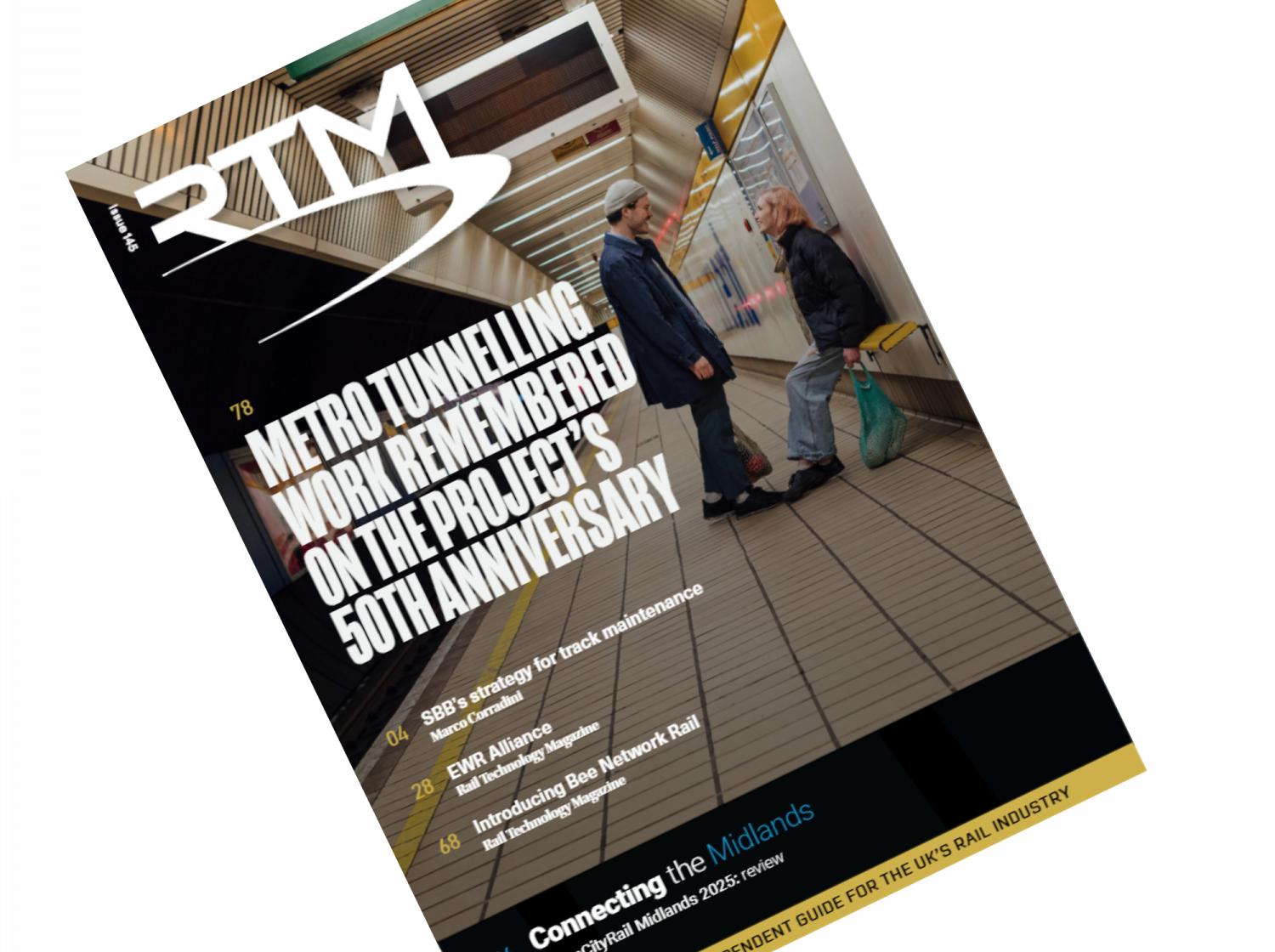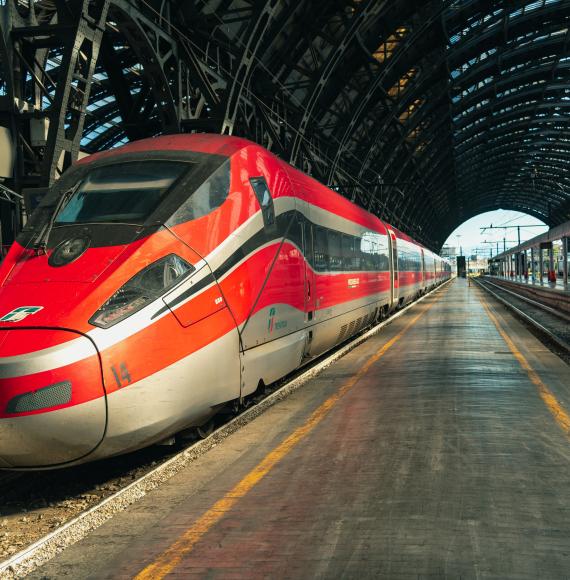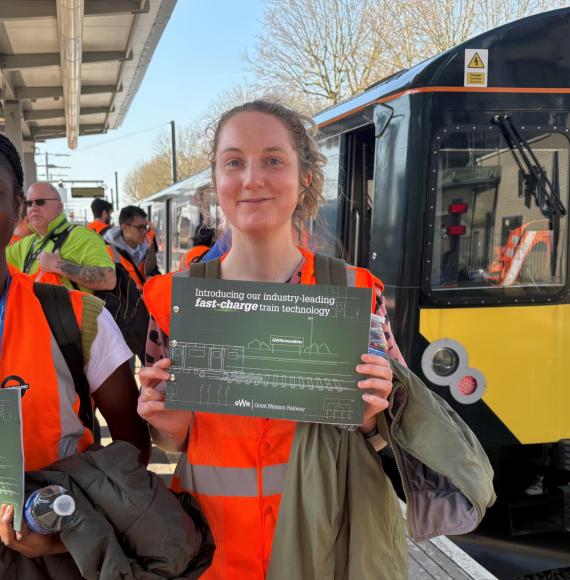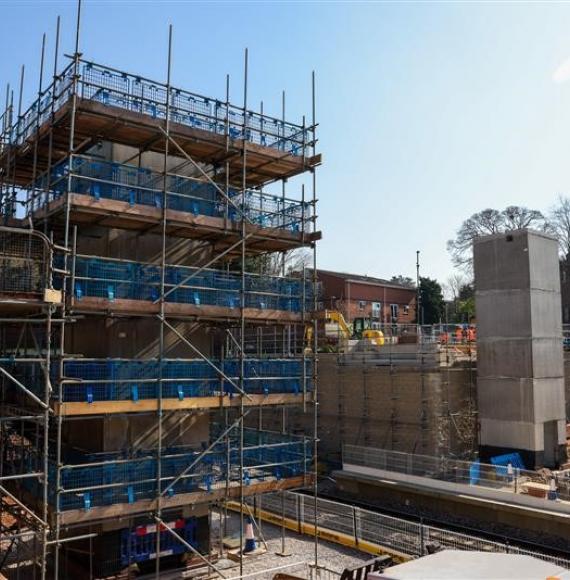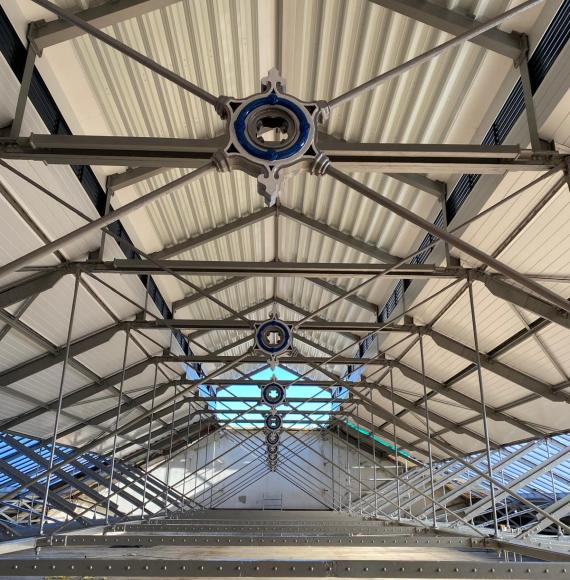Transport for London (TfL) has announced that Glynn Barton, who has been interim Chief Operating Officer since October 2022, will be leaving at the end of May to take up the role of Chief Operations Officer of Bournemouth, Christchurch and Poole (BCP) Council.
Glynn has been responsible for ensuring TfL's directly operated and contracted services and operations are planned and managed effectively, to provide a safe, efficient, reliable and high-quality service to customers.
Over 22 years at TfL Glynn has used his Transport Planning and Management background across a range of important operational roles including the 2012 London Olympics and the implementation of high-quality cycling infrastructure across London. He played a pivotal role in TfL's transport plan to support events to mark the Platinum Jubilee, the passing of Her Majesty Queen Elizabeth II and the coronation of Their Majesties King Charles III and Queen Camilla.
TfL announced in December last year that Claire Mann, current Managing Director of South Western Railway, will join Transport for London as permanent Chief Operating Officer. She will join TfL on Wednesday 3 April. Glynn and Claire will conduct a handover of the Chief Operating Officer role, prior to Glynn’s departure at the end of May 2024.
Andy Lord, London’s Transport Commissioner, said
“Glynn is an outstanding operational leader with a wealth of experience who has worked to consistently improve TfL over the years. I am hugely grateful for the leadership he has shown.”
Glynn Barton said: "Across 22 years at TfL I have always worked to put customers at the heart of what we do. It is difficult to leave a role which is as fulfilling as supporting and improving London, but it is the right time for a new challenge. And in Bournemouth, Christchurch and Poole I will be working to serve an area in which I grew up and for which I have a great affection.
“I would like to thank all of the colleagues with whom I've worked across my time at TfL - colleagues who work so hard every day to make London, and the transport network that supports it, the very best it can be.”
Image credit: TfL



